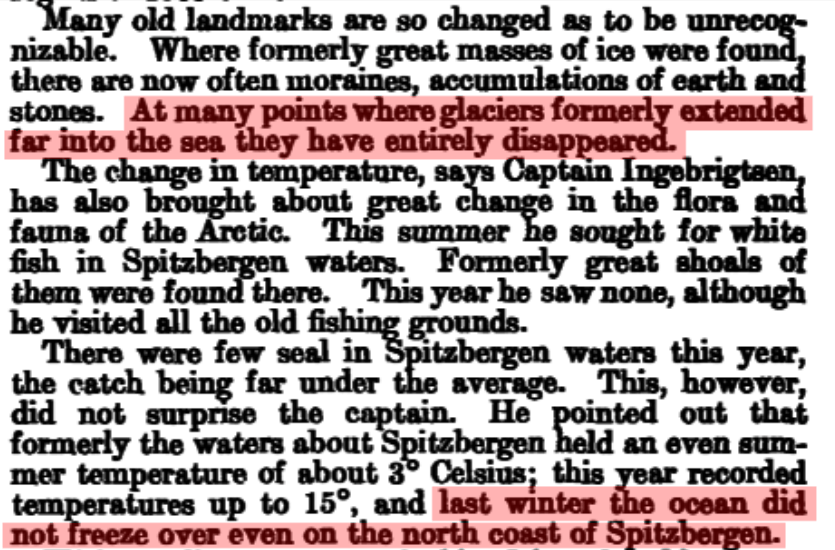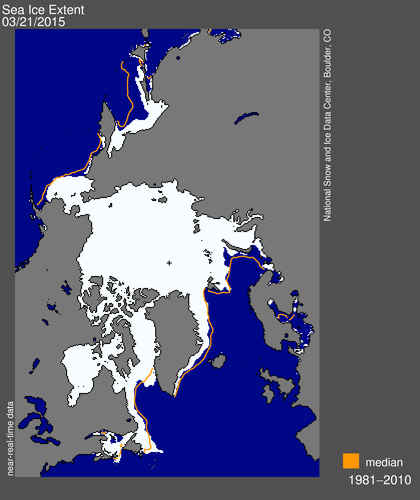Spitzbergen is almost completely surrounded by ice.
Disrupting the Borg is expensive and time consuming!
Google Search
-
Recent Posts
- Fact Checking The New York Times
- New Visitech Features
- Ice-Free Arctic By 2014
- Debt-Free US Treasury Forecast
- Analyzing Big City Crime (Part 2)
- Analyzing Big City Crime
- UK Migration Caused By Global Warming
- Climate Attribution In Greece
- “Brown: ’50 days to save world'”
- The Catastrophic Influence of Bovine Methane Emissions on Extraterrestrial Climate Patterns
- Posting On X
- Seventeen Years Of Fun
- The Importance Of Good Tools
- Temperature Shifts At Blue Hill, MA
- CO2²
- Time Of Observation Bias
- Climate Scamming For Profit
- Climate Scamming For Profit
- Back To The Future
- “records going back to 1961”
- Analyzing Rainfall At Asheville
- Historical Weather Analysis With Visitech
- “American Summers Are Starting to Feel Like Winter”
- Joker And Midnight Toker
- Cheering Crowds
Recent Comments
- Bob G on Fact Checking The New York Times
- Bob G on Fact Checking The New York Times
- Bob G on Fact Checking The New York Times
- Bob G on Fact Checking The New York Times
- arn on Fact Checking The New York Times
- conrad ziefle on Fact Checking The New York Times
- arn on Fact Checking The New York Times
- Bob G on Fact Checking The New York Times
- conrad ziefle on Fact Checking The New York Times
- Bob G on Fact Checking The New York Times




From WIKI
15°C ( 59°F) is a heck of a lot warmer sea surface temperature!
Maybe the result of active underwater volcanoes in the area? A major shift in the Gulf Stream?
http://eoimages.gsfc.nasa.gov/images/imagerecords/54000/54734/gulf_stream_modis_lrg.gif
North Atlantic sea surface temperature, from Oceanweather – (wwwDOT)getaforecast.com/weather-charts-seatemp.php
Date of chart: 23 March 2015
http://www.oceanweather.com/data/NATL-Northern/SST.GIF
And if you can stand the hype…
OH MY, is there nothing that the EVIL GAS CO2 can not do?
I propose that Obama sign an EO compelling every American to breathe two fewer times per minute to save the planet. And you will be monitored by EPA.
Don, he has the pen, now just get him the phone number for the Gulf Stream and it will be taken care of.
…. those are just anecdotal measurements from a non-scientist.. deemed irrelevant since they don’t bolster Climate Change….
Kenyan Farmers were a big deal in the news last week… these malnourished folks memories WERE taken seriously regarding CO2 controlled drought… despite actual rainfall measurements showing otherwise… these Kenyan Farmers anecdotal accounts need to be taken seriously… these folks need to be reimbursed… their crops are being ravaged not by cyclical drought… but by .0004 mole fraction CO2…